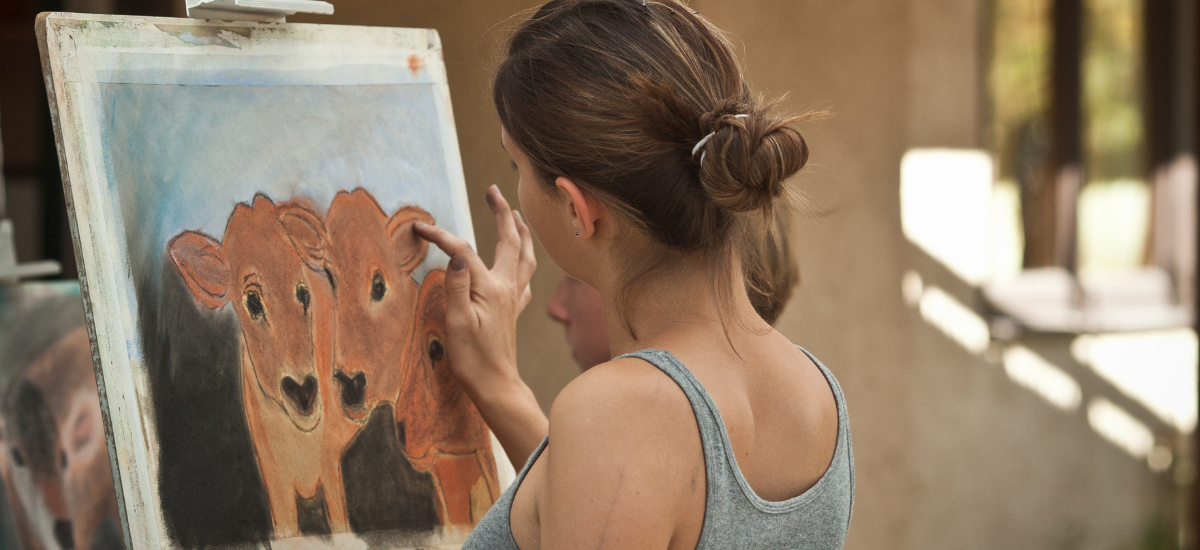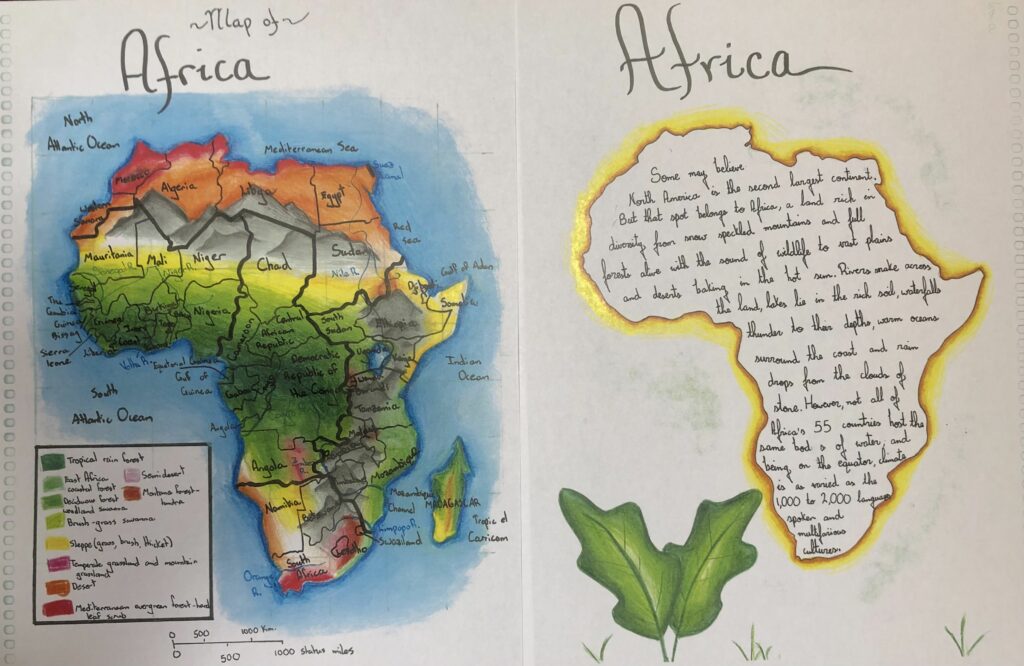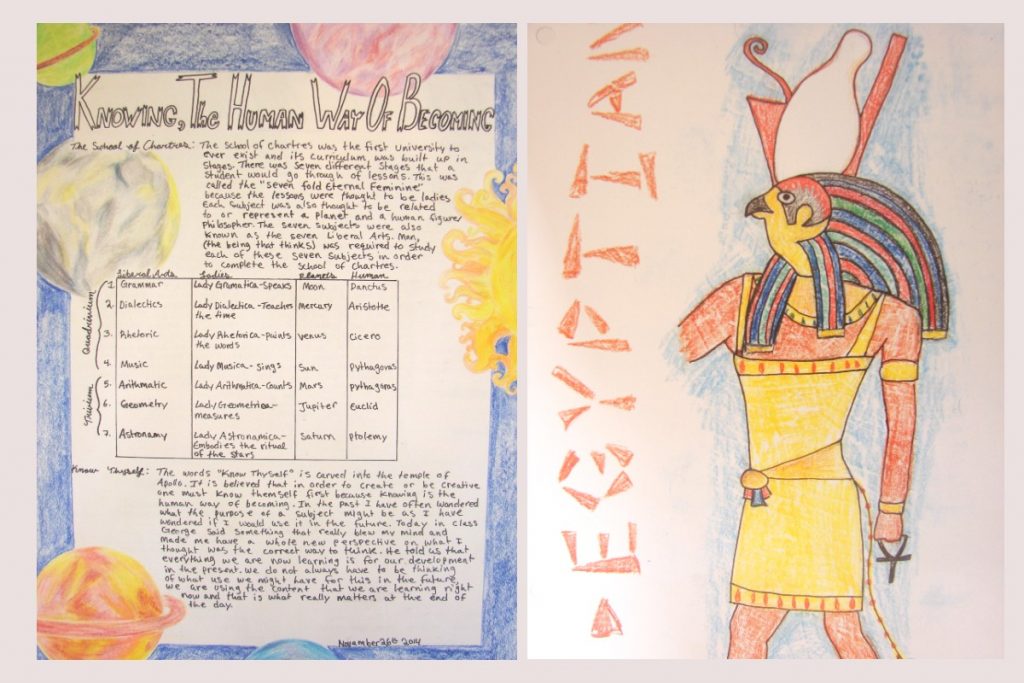An Artistic Approach to Education
There is extensive research on the benefits of art in schools. Including how the arts bring joy, foster creativity, increase engagement, build determination and problem solving, and help students acquire complex skills.
However, new research suggests that teachers can also use art as an effective teaching tool to help students remember and master difficult academic subjects.
Arts integrated academics is central to how we teach in Waldorf education. Likewise, we know that incorporating music, drama, poetry, visual arts, and movement all help our students engage, retain concepts, and develop a lifelong love of learning.
Insights from neuroscience suggest that arts education can play an important role in how children learn.
Art education encourages students to collaborate, ask questions, and instills a strong sense of imagination. It also encourages students to approach their work in a systematic, disciplined way.
At Summerfield Waldorf School, our students in Early Childhood through Grade 12 experience art in their daily lives. We integrate art into every facet of a Waldorf education. As a result, they are able to polish their artistic skills and refine their work, whatever it may be.
One key way that we integrate art into our classes is through Main Lesson Books, which are unique to Waldorf education.
While traditional schooling pairs lecturing with textbook references and worksheets, Waldorf students process and record lectures in notes and illustrations on large, blank pages of high-quality paper.
The creation of a Main Lesson book is a hands-on experience of learning, that encourages both intention and creativity. Waldorf students record content of each subject of study in their Main Lesson book.
The New York Times article, “Using Arts Education to Help Other Lessons Stick”, by Perri Klass, M.D. states:
“Arts education in schools… can serve as a bright spot in the schoolchild’s day or week, a class that brings in beauty, color and joy, and which is not about testing.”
“Arts education is a chance to build resilience and determination in children, as well as to help them master complex skills.” – Dr. Paul T. Sowden, Professor of Psychology at the University of Winchester in England.
Dr. Hardiman, a professor at the Johns Hopkins School of Education, states that “Arts allow for elaboration and repetition… Memory is certainly enhanced through repetition. The more you revisit something, the more you remember it”.
To sum up, the benefits of art in education are many:
- Increased engagement and interest in learning
- Creative thinking and imagination
- Growth of problem-solving skills
- Strengthening of the memory
- Information retention & retrieval
Our Waldorf curriculum integrates art into all subjects, as well as offering classes for visual arts, performing arts, movement, poetry, and more. Moreover, we understand the importance of art, and we see firsthand how art in education creates successful children.
Learn more about Summerfield or apply now!



